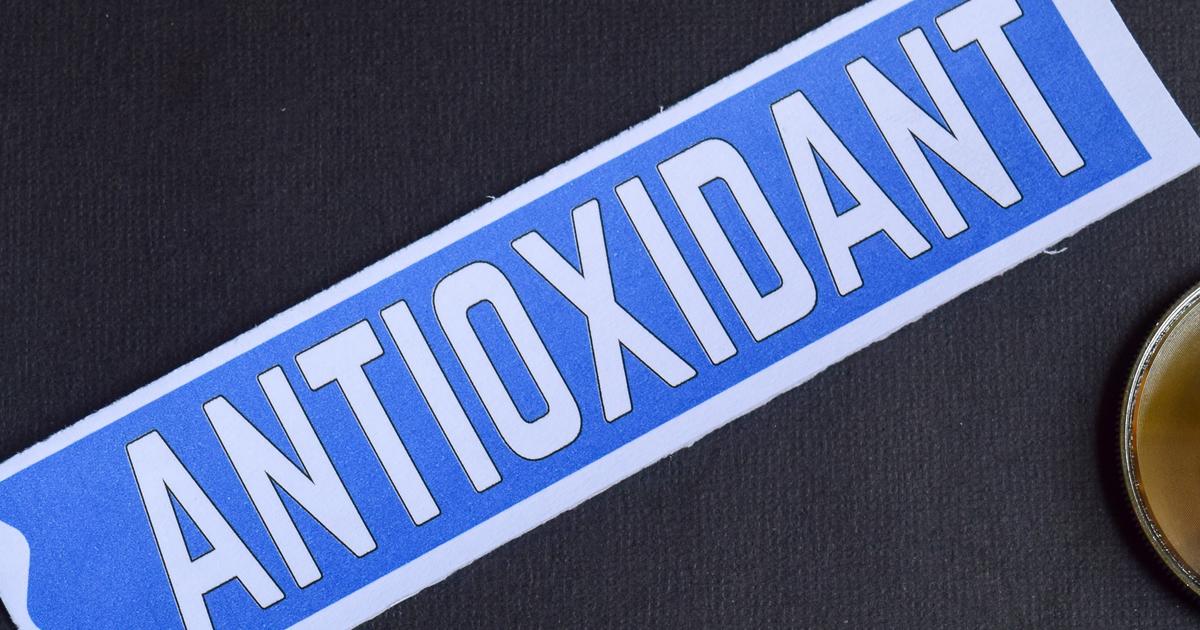Guide To Epigallocatechin Gallate (EGCG)
Epigallocatechin gallate (EGCG) is a naturally occurring substance known for its antioxidant properties. It is also a type of catechin. Catechins are compounds that have been proven to have health-promoting benefits. Epigallocatechin gallate is believed to be the most potent and abundant antioxidant in green tea. Evidence indicates that this compound may be able to both treat and prevent many different health conditions. However, while this compound may be beneficial, consuming too much can have the opposite effect.
As mentioned, this compound is among the green tea catechins. Patients often drink green tea as part of their weight loss regimen. It is one of the natural remedies for weight loss. Of course, some individuals may use green tea capsules for weight loss as well. However, individuals need to understand epigallocatechin gallate and its sources before using it for any medical purpose.
Sources Of Epigallocatechin Gallate

Epigallocatechin gallate is found in many teas, fruits, vegetables, nuts, and dietary supplements. Carob flour, a cocoa alternative made from the pods of carob trees, is one of the most abundant sources of this catechin. In the tea family, green tea has the highest epigallocatechin gallate content. The next highest amount is found in white tea. Oolong tea and black tea both contain smaller, yet still significant, amounts.
While fruits and vegetables are not normally good sources compared to teas, some contain greater amounts than others. Fuji apples have more quantities of this compound than many other fruits, including other types of apples. Cranberries, blackberries, raspberries, and plums have less epigallocatechin gallate than fuji apples. However, they are still on the higher end of the scale as far as fruits are concerned. Peaches, pears, kiwifruit, strawberries, avocados, and some types of onions all contain this catechin as well, though they are not reliable sources. As for nuts, pecans and hazelnuts are excellent, while others often contain smaller amounts.
Continue reading to learn about how epigallocatechin gallate works next.
How It Works

With recent discoveries, researchers now have a good understanding of how epigallocatechin gallate works. Free radicals are molecules that arise within the body and can damage cells. This cellular damage can lead to many different health problems. Antioxidants and some other substances can help protect the body by neutralizing these free radicals. In lab experiments, this catechin has shown very potent antioxidant activity in human skin and organ cells.
Apoptosis is a process where the immune system identifies and removes infected, damaged, or cancerous cells. Epigallocatechin gallate has been found to help enhance this process, leading to a quicker and more effective removal of certain threats. This catechin has anti-inflammatory properties as well. Cytokines, proteins that impact the immune system, can both cause and reduce inflammation, depending on the type. This catechin suppresses proinflammatory cytokines. They are the ones that trigger inflammation.
Discover the uses and benefits of this catechin next.
